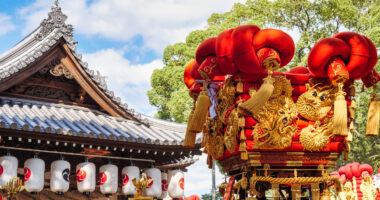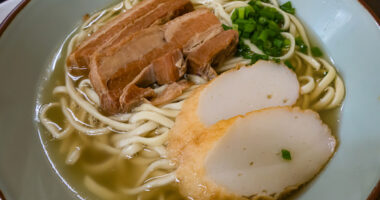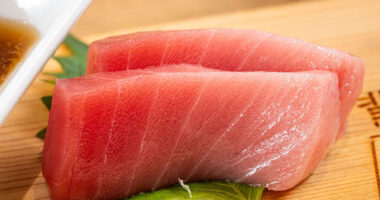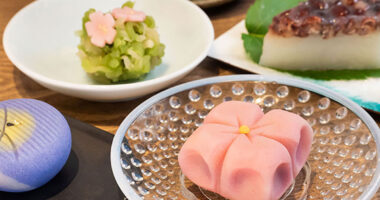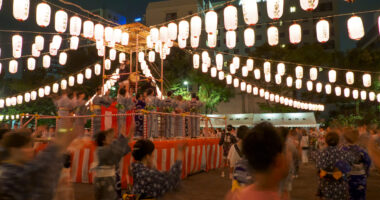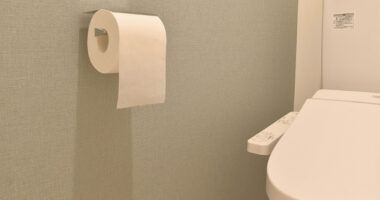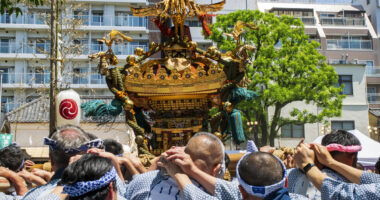When it comes to international travel, it’s essential to be aware of the currency and payment options available to you in the country of your destination. In Japan, sometimes a lack of information on payment options can provide unexpected hurdles for first-time international travelers. This article will break down currency in Japan, as well as alternative payment methods and where to use them in Japan’s largely cash-based society.
Japanese currency
The currency used in Japan is called the yen (¥). The yen comes in coins and banknotes.
Coins: Coins are issued in denominations of 1, 5, 10, 50, 100, and 500 yen.
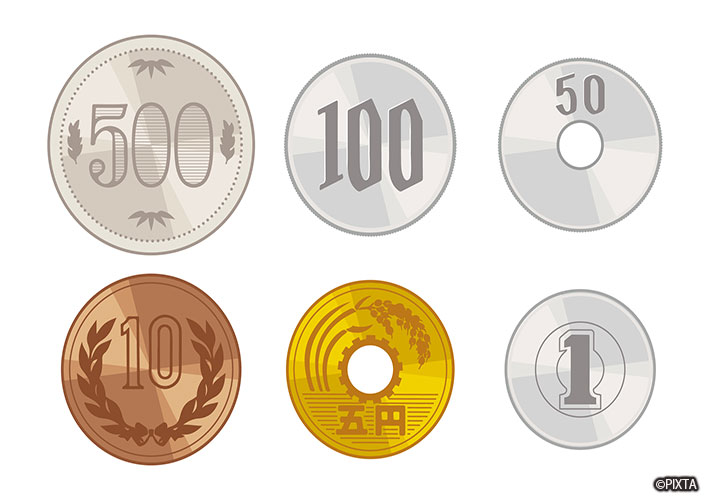
Top row, from left to right: 500, 100, and 50 yen coins. Bottom row, from left to right: 10, 5, and 1 yen coins.
Bills: Banknotes come in denominations of 1,000, 2,000, 5,000, and 10,000 yen. It should be noted that 2,000 yen bills are considered quite rare, and aren’t always accepted at certain stores.
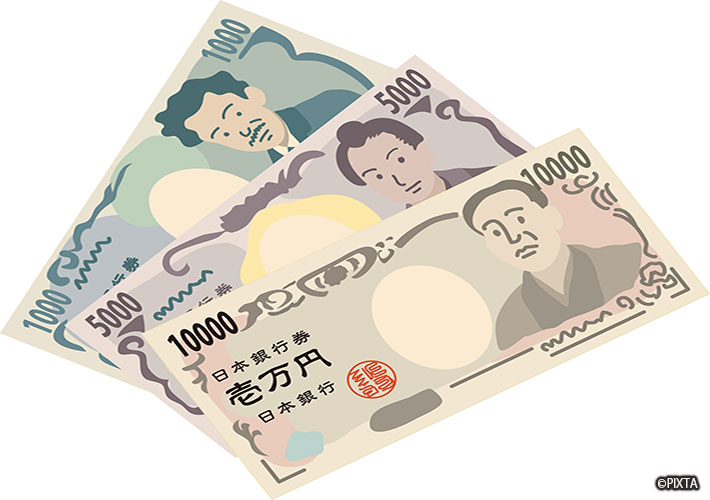
1,000, 5,000, and 10,000 yen banknotes.
Make sure to keep cash on hand
First-time travelers to Japan will want to note that it is very much a cash-based society. Most major stores, restaurants, and hotels accept credit cards, and in recent years card-friendly businesses have grown quite a bit. There are, however, still many places where paying in cash is required. This is especially true of smaller family-run shops, as well as when visiting the countryside.
While by no means are credit cards unreliable, in general, it is a good idea to carry enough cash to cover your needs, perhaps more than you are used to carrying in your home country. Many storefronts and ATMs (commonly found in convenience stores such as 7-Eleven) are marked with labels of compatible cards, and there are often “cash only” signs displayed at restaurants that don’t accept other forms of payment. Keep an eye out for these and look into things in advance to make paying during your trip as smooth as possible.
Cashless payment
Cashless and contactless methods have recently expanded a great deal in Japan, particularly smartphone-based apps that can be linked to bank accounts and credit cards. Unfortunately, many widely-accepted mobile-payment apps in Japan require a Japanese phone number, and sometimes bank account.
However, a convenient alternative for international travelers are transit IC cards. Transit IC cards, such as Suica and PASMO, are chargeable cards that are mainly used for public transportation, but can also be used at convenience stores, vending machines, and some major stores. You can also add Suica and PASMO to your iPhone wallet, allowing you to make quick payments for transportation or purchases with your phone.
Transit IC cards can be made at most train station ticket machines for 500 yen, and charged with additional money as well. If you’re going to be traveling around Japan quite a bit, it may be a good idea to make one for both smooth travel and shopping.
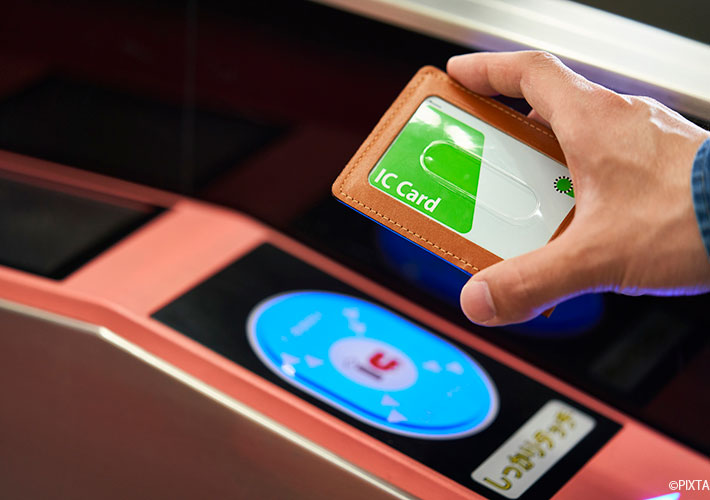
IC cards make both traveling and handling cashless payments in Japan quite easy.
Carrying and using cash in Japan
Coins: As cash is a major form of payment in Japan, travelers may often find themselves carrying around a lot of coins. These can amass quite quickly in your wallet and become a bit cumbersome, so it may be a good idea to consider bringing or purchasing a small coin purse to store them in during your trip. You’ll be using them quite often, especially at vending machines!
Using bigger bills: Cash being king in Japan also means you often don’t need to worry too much about using a large bill to purchase an inexpensive item. While this may not be true at some smaller stores or mom and pop shops, it’s usually OK to buy a 100 yen pack of gum at a convenience store using a 5,000 yen bill.
Breaking bills: Generally, stores in Japan don’t break bills or give change without a purchase. Keep this in mind if you think you’ll be needing smaller bills for any part of your trip.
Exchanging and withdrawing money in Japan
In Japan, currency exchange services can be found at international airports, some major train stations, banks, post offices, and currency exchange offices. Bank and post office hours may be more limited compared to dedicated currency exchange offices. In general, exchanging money at the airport upon landing or in advance is recommended to get your trip started smoothly.
Be sure to note that exchange rates and fees can vary between different exchange services, so it’s a good idea to compare rates and fees before exchanging your currency.
In terms of withdrawing money from your home account, major credit cards such as VISA and Mastercard are accepted at ATMs, many of which can be easily found at convenience stores. Make sure to check the logos of accepted cards on the ATM before withdrawing.
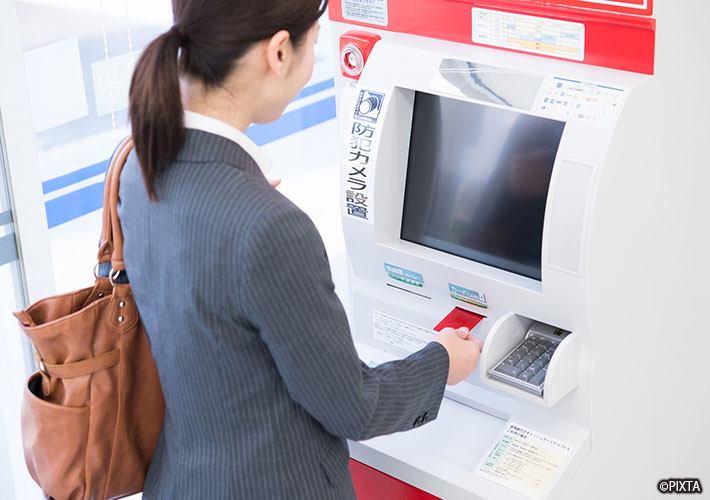
ATMs can be found in convenience stores across the country, and can be used to withdraw money with corresponding cards.
Tipping and service charges in Japan
Tipping in Japan is not a common practice, and may even be seen as unusual. You typically don’t need to worry about leaving a tip, and can instead express your gratitude verbally.
While not a tip per se, many restaurants, particularly izakaya pubs, have an automatic service charge called お通し otōshi. Otōshi are small appetizers served at the beginning of a meal, and they function as a service charge that usually can’t be opted out of. Be aware when eating out of the extra charge, and enjoy the dish as a sampling of the chef’s cooking.
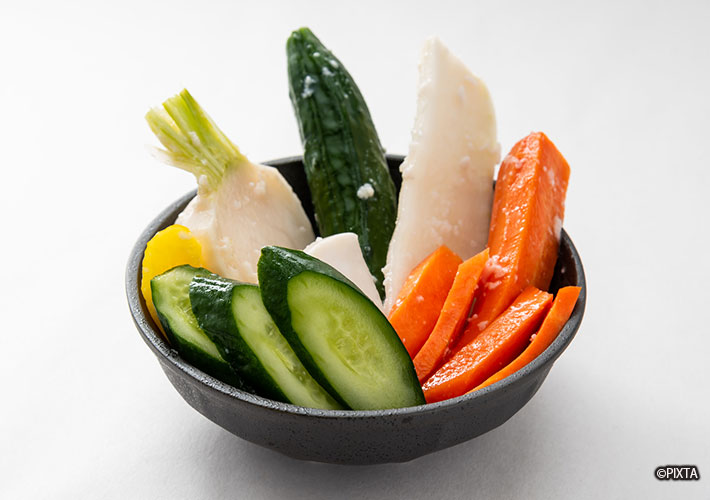
Otoshi can be something as simple as a small bowl of pickled vegetables or peanuts at a bar.
Usually in Japan, the total amount you see on the menu or the bill is usually the final price, including taxes and service. However, some upscale or high-end restaurants will add a service charge or a gratuity fee. This will be indicated on the menu, so make sure to check just in case.
In conclusion, there are a multitude of payment options to use during your stay in Japan. While cash is a preferred payment option throughout the country, expanded credit card use and things like transit IC cards can give you flexibility when paying. Be sure to keep an eye on exchange rates and keep a stock of cash on hand just in case to help your time in Japan be as smoothly paid for as possible.


